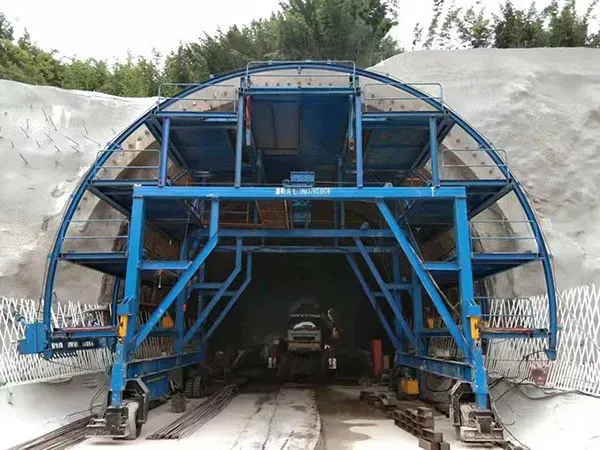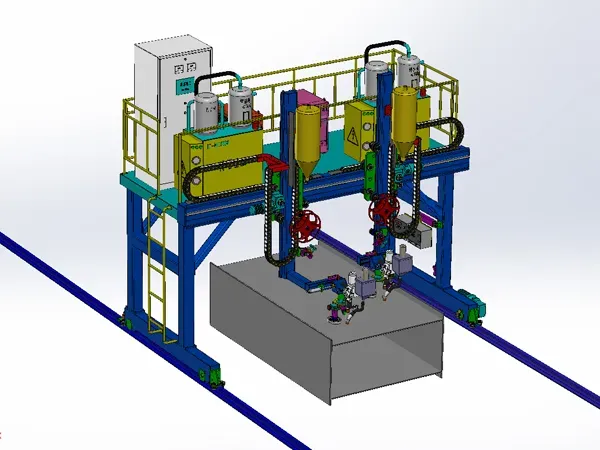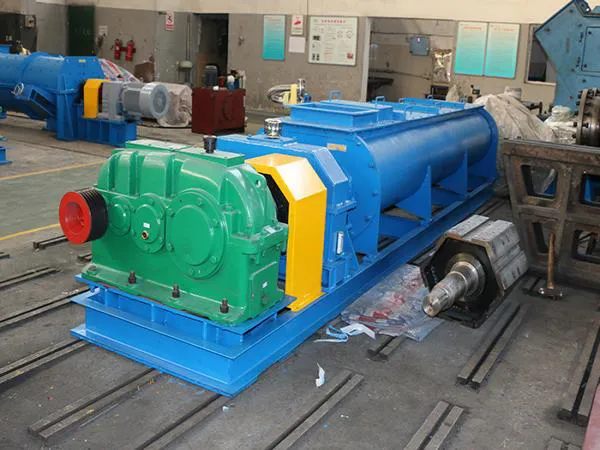La compra de camas dobles En las escuelas deben tener en cuenta la seguridad, sentido práctico, durabilidad y optimización del espacio. Cualquier descuido puede causar riesgos de seguridad o problemas de gestión. Este artículo resuelve los puntos clave de los tres aspectos de la seguridad., Funcionalidad y durabilidad para ayudar a las escuelas a hacer selecciones científicas sobre cómo elegir una cama doble adecuada para la escuela.
Cómo elegir una cama doble adecuada para la escuela:
1. Seguridad:
Estabilidad estructural: Los parámetros centrales que deben cumplirse primero: Carga estática de la cama ≥2000n (litera superior) +1500norte (barandilla), Altura de la barandilla ≥300 mm, brecha ≤75 mm (abrazadera), profundidad de paso ≥80 mm, diámetro de la barra de paso ≥20 mm (Diseño anti-Slip).
Seguridad de materiales: El grosor de acero de las piezas metálicas debe ser ≥1.2 mm, y las piezas de madera deben cumplir con los siguientes requisitos: emisión de formaldehído ≤0.124mg/m³ (Estándar de grado E1), Contenido de humedad de madera maciza 8%-12% (anti-cracking y deformación).
Diseño protector: El ángulo R de la esquina de la cama es ≥5 mm para evitar que los estudiantes se lesionen debido a baches accidentales. Un deflector anti-deslizamiento (altura ≥50 mm) se establece en el borde de la litera superior para evitar que los estudiantes caigan de la litera superior. El ángulo entre la escalera y el lecho es de 75 ° ± 5 °, que es conveniente para los estudiantes que suban y salgan de la cama.

2. Funcionalidad:
Plan de optimización del espacio: adoptar una estructura combinada: la cama, El escritorio y el gabinete están integrados, ahorro 30% de espacio. Adoptar un diseño telescópico: La litera inferior se puede doblar en un área de estudio.
Actualización de la función de almacenamiento: El cajón debajo de la cama se puede equipar con una función de bloqueo automático, El colgante lateral puede soportar una carga de ≥15 kg, satisfacer las necesidades de los estudiantes colgando mochilas escolares, etc., y la profundidad del estante de la noche es ≤200 mm para evitar que los estudiantes colisionen.
…
Se puede encontrar información más detallada sobre cómo elegir una cama doble adecuada para la escuela visitando:https://www.aoyangschoolfurniture.com/a/news/how-to-choose-a-isuitable-double-bed-for-school.html









